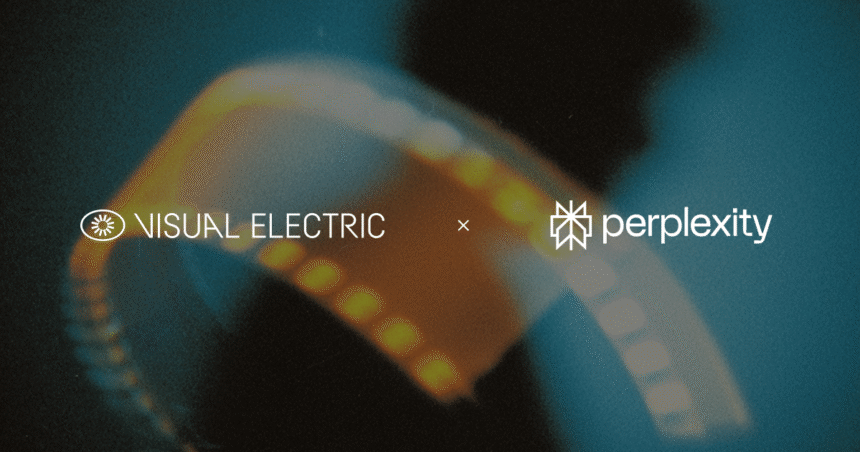Perplexity, the fast-rising AI search platform, is moving decisively into creative technology. The company has acquired the team behind Visual Electric, a Sequoia-backed AI design startup, and will fold its engineers and designers into a new division called Agent Experiences.
The deal signals Perplexity’s ambition to evolve beyond its reputation as an “AI answer engine” into a broader platform blending search, creativity, and user-centric design.
Founded by former employees of Apple, Facebook, Microsoft, and Dropbox, Visual Electric had built an AI design tool that allowed users to generate and manipulate visuals on an infinite canvas. The startup later added video support, pushing into generative design beyond static images.
Despite raising about $2.5 million from investors including Sequoia, BoxGroup, and Designer Fund, Visual Electric will now shut down its standalone product within 90 days. Users have been promised export tools for their data and refunds for any unused subscription fees.
For Perplexity, the acquisition is not about maintaining another app—it is about absorbing the expertise and vision of the Visual Electric team into its consumer-facing tools.
The “Agent Experiences” Bet
Perplexity has created an Agent Experiences group to house the new hires. The division will focus on building richer, more generative experiences that combine search with creative workflows. While financial details of the acquisition remain undisclosed, the strategy is clear: Perplexity wants to make AI not just a source of answers but a medium for expression.
This could mean embedding Visual Electric’s design capabilities directly into Perplexity’s existing services or expanding its companion platform, Comet. Either way, the integration is expected to bring image and video generation closer to the everyday user.
The acquisition underscores a broader trend in the AI sector—promising small startups with creative focus are increasingly absorbed by larger firms with distribution power. Adobe, OpenAI, and Stability AI have followed similar patterns, often snapping up teams rather than just their technology.
For Visual Electric’s founders and investors, the Perplexity deal validates their early bet on design-driven AI, even if the standalone product never scaled to mainstream adoption. For users, however, it raises questions about reliance on startups whose tools may disappear once acquired.
Why It Matters
This move highlights how AI platforms are beginning to merge once-separate categories: search, creativity, and productivity. If successful, Perplexity could redefine how people move from finding information to expressing ideas, all within a single AI-driven environment.
But the consolidation also concentrates creative power in a handful of platforms. Smaller communities that rely on niche AI design tools may find themselves left out. For regions like Africa, where access to advanced design software is already uneven, such developments risk deepening the digital divide rather than closing it.
Perplexity has not shared when Visual Electric’s technology will appear in its products, but the integration will be closely watched. Competitors in AI design, from Figma to Midjourney, will have to weigh how search-based creativity might alter their market.
As the boundaries between search and creation blur, the key question becomes whether users will benefit from new integrated tools—or whether the consolidation of AI talent and innovation into fewer platforms will limit choice and diversity in the long run.
Talking Points
The acquisition of Visual Electric signals that the AI race is now about ecosystems, not just tools. Platforms want to own the entire user journey—searching, creating, sharing. It’s a power play that redefines how we interact with digital knowledge.
For Visual Electric, being swallowed by Perplexity ensures survival. But for users, it’s yet another example of innovation being funneled into the hands of bigger players. We should ask: are we gaining convenience at the cost of diversity in creative tools?
While Nigerian and Kenyan startups wrestle with basic challenges like payment systems and internet reliability, Perplexity is busy merging AI search with design workflows. If Africa doesn’t move faster in AI research and product development, the continent risks being locked out of the Visual Electric’s shutdown within 90 days tells a bitter truth: users are often left stranded when big players acquire small startups.
The romantic idea of “building with startups” is being replaced by “waiting for the acquisition.” Should we keep celebrating exits when users are the ones paying the price?





